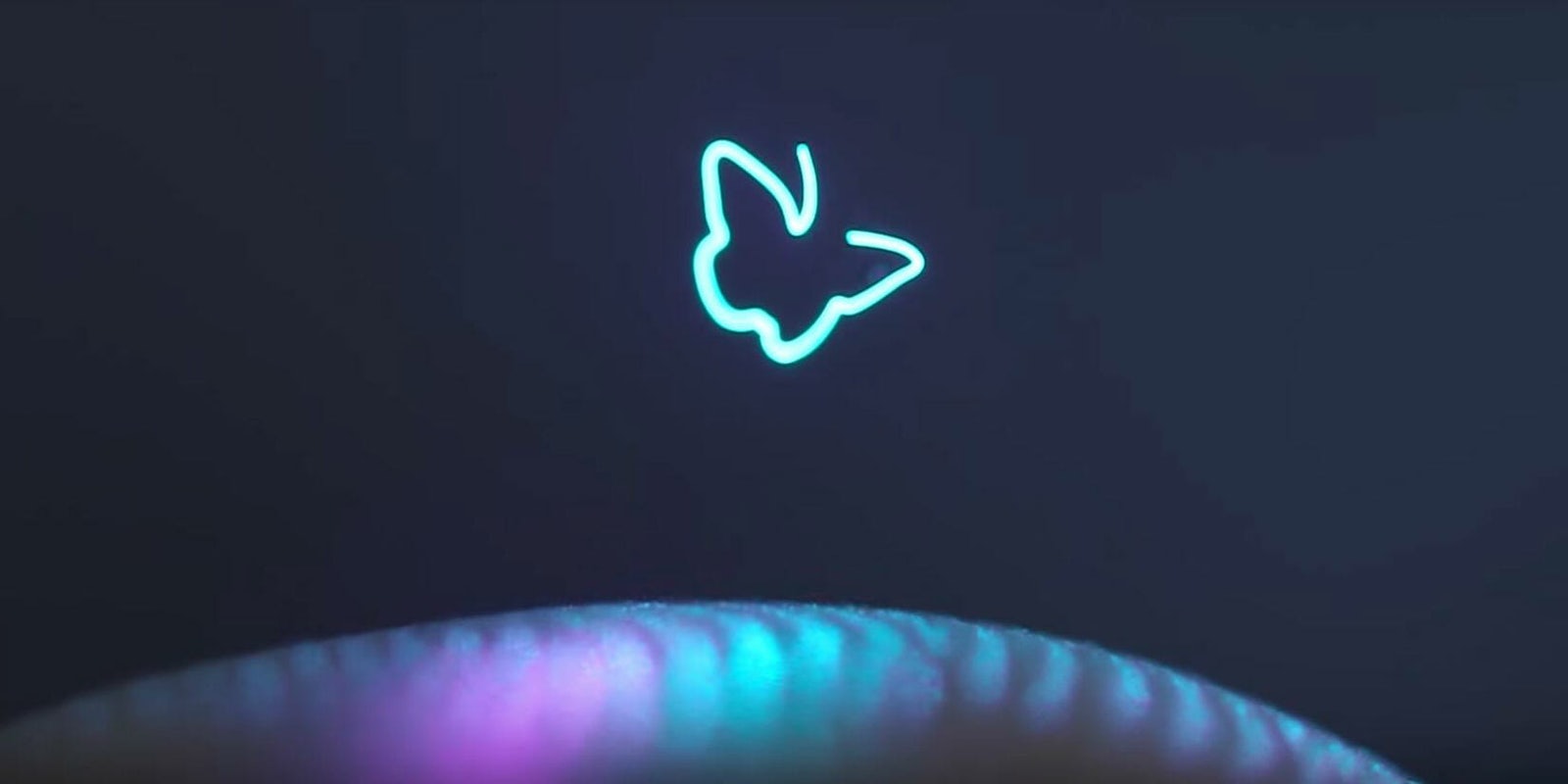With talk of Mars colonization, Hyperloop transit systems, and hyper-realistic humanoids, it’s no surprise that real 3D holograms aren’t as science fiction as we might think.
Though to be clear, the holograms we see today aren’t holograms at all. They are actually just modern versions of the optical illusion known as “Pepper’s Ghost,” which is done by reflecting a 2D image onto an angled piece of stretched plastic. The controversial technique, combined with computer-generated graphics, was used to bring Tupac back to life at a 2012 Coachella performance and Michael Jackson at the 2014 Billboard Music Awards.
https://www.youtube.com/watch?v=pUaxXsqGeFI
That technique may soon become obsolete. Researchers at Brigham Young University (BYU) have created a true 3D hologram, or what they call a “volumetric image.” Some physicists say it comes closer than any technology to recreating the iconic Star Wars scene where R2-D2 transmits a hologram of Princess Leia to Luke Skywalker and Obi-Wan Kenobi. The main advantage is that it offers a complete 3D-viewing experience, rather than something projected onto a 2D surface, which has limited viewing angles and is static.
“Free-space volumetric displays, or displays that create luminous image points in space, are the technology that most closely resembles the three-dimensional displays of popular fiction,” the researchers wrote in the journal Nature. “Such displays are capable of producing images in ‘thin air’ that are visible from almost any direction and are not subject to clipping.”
The technique works by taking a single particle of the plant fiber cellulose and heating it unevenly with lasers. This allows it to be pushed and pulled in a path. Another set of lasers then projects visible red, green, and blue lights onto the particle. If it moves fast enough, it will appear to humans as a solid, animated line, since our eyes can’t discern images moving at a rate faster than 10 per second.
“This is doing something that a hologram can never do—giving you an all-round view, a Princess Leia-style display—because it’s not a hologram,” Miles Padgett, an optical physicist at the University of Glasgow, told Nature News.
The researchers posted a video demonstrating some of the creations they’ve made, including a butterfly, prism, figure-eight loops, and various other shapes. The quality of the holograms may not be the best, but the video is captivating nonetheless.
There are some limitations to the technique. So far, they’ve only been able to create lines that are just millimeters across and only simple drawings can be made at speeds needed to convince our eyes that what we’re seeing is solid. But this is just the beginning of volumetric images. It may not be long before we see life-sized holograms used to help doctors perform operations or entertainment venues bringing celebrities back to life with more realism than ever.


